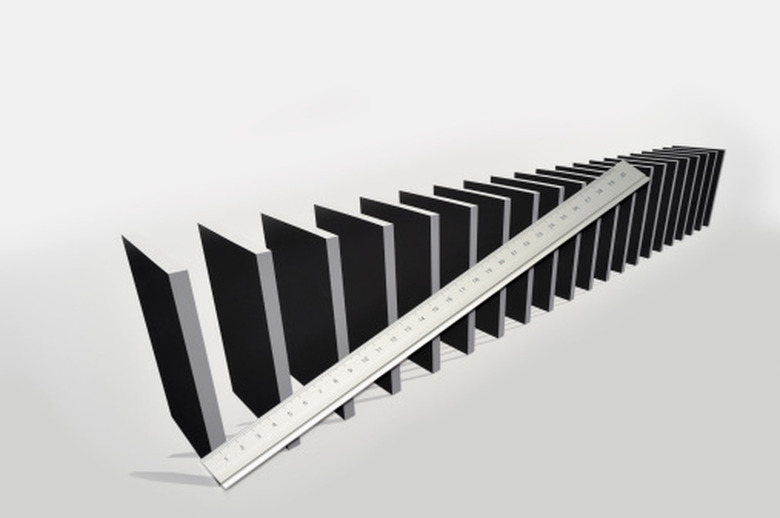Difference Between A Magnetometer & A Gradiometer
On their own, magnetometers and gradiometers are valuable tools with distinct purposes. With them, you can measure magnetic energy and calculate the difference between two measurements, respectively.
Engineers and other professionals use gradiometers to measure the difference between readings from dual magnetometers. Because the gradiometer's result describes the rate of change in magnetic energy, it's easy to assume both meters measure the same thing. However, gradiometers can measure any difference and not just magnetic fields.
Describing a Magnetometer
Describing a Magnetometer
A magnetometer measures a magnetic field, providing data on its strength and direction. Magnetometers can calibrate other instruments such as electromagnets and determine the magnetic field of the Earth.
A simple magnetometer consists of a free moving magnet. As the magnet moves in relation to the magnetic field around it, a calibrated scale can measure the movement, translating it into usable data. A compass is the most recognizable and widely used magnetometer.
Describing a Gradiometer
Describing a Gradiometer
A gradiometer evaluates the difference between two measurements. For example, you could use a gradiometer to measure the degree to which a hill rises, i.e., the difference the measurement of flat earth and the incline.
Uses for a Magnetometer
Uses for a Magnetometer
Magnetometers can evaluate the composition of land and water from the surface. With the readings from one of these devices, you can detect mineral deposits, find ancient artifacts and even locate objects in the sea such as submarines or sunken ships because the magnetometer can describe their magnetic fields.
Uses for a Gradiometer
Uses for a Gradiometer
Scientists in the Netherlands have devised a gradiometer that consists of two silicon wafers hanging on a spring. By measuring the pull of gravity on one or both of the masses, you can determine the gravity gradient.
Using Magnetometers and Gradiometers Together
Using Magnetometers and Gradiometers Together
Using both meters together creates an even more valuable tool, such as when surveyors use a gradiometer to evaluate data from two magnetometers moving over land side by side. When the gradiometer registers a significant difference in the two readings, the surveyors can use the data to identify significant characteristics of the land, such as the location of an iron deposit.
References
- National Geographic 207.4 (April 2005): p.106 (16).
- Fundamentals of Geophysics, William Lowrie, Cambridge University Press, 1997 p. 272.
- Magnet Lab: Magnetometer
- Physorg.com: Mini Gradiometer Could Map Other Planets' Gravity Fields
Cite This Article
MLA
Zukauskas, Linda. "Difference Between A Magnetometer & A Gradiometer" sciencing.com, https://www.sciencing.com/difference-between-magnetometer-gradiometer-7394286/. 24 April 2017.
APA
Zukauskas, Linda. (2017, April 24). Difference Between A Magnetometer & A Gradiometer. sciencing.com. Retrieved from https://www.sciencing.com/difference-between-magnetometer-gradiometer-7394286/
Chicago
Zukauskas, Linda. Difference Between A Magnetometer & A Gradiometer last modified March 24, 2022. https://www.sciencing.com/difference-between-magnetometer-gradiometer-7394286/
